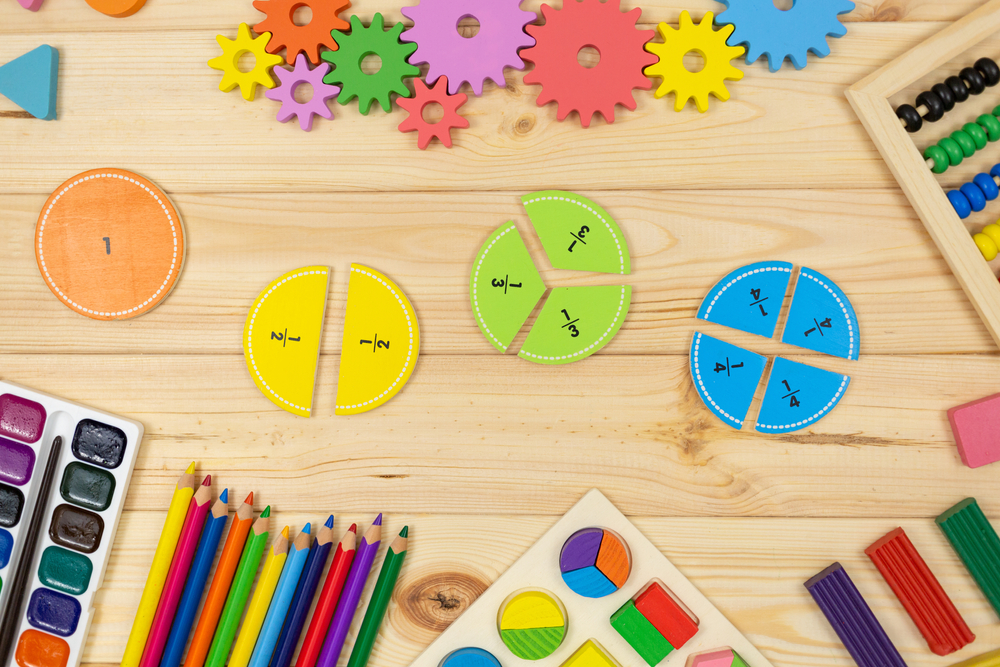Shape identification Math Worksheets for 5-Year-Olds
13 filtered results
-
From - To
Discover our engaging Shape Identification Math Worksheets designed specifically for 5-year-olds! Our fun and interactive worksheets help young learners recognize and name various shapes, enhancing their mathematical and observational skills. Each worksheet features vibrant illustrations and exciting activities that captivate children’s interest while fostering critical thinking. Ideal for both classroom and home learning, these resources support early mathematics education by blending play with learning. Encourage shape recognition in practical situations by utilizing our expertly crafted materials, which are aligned with early learning standards. Perfect for parents and teachers looking to inspire a love for math in young students! Explore our collection today!
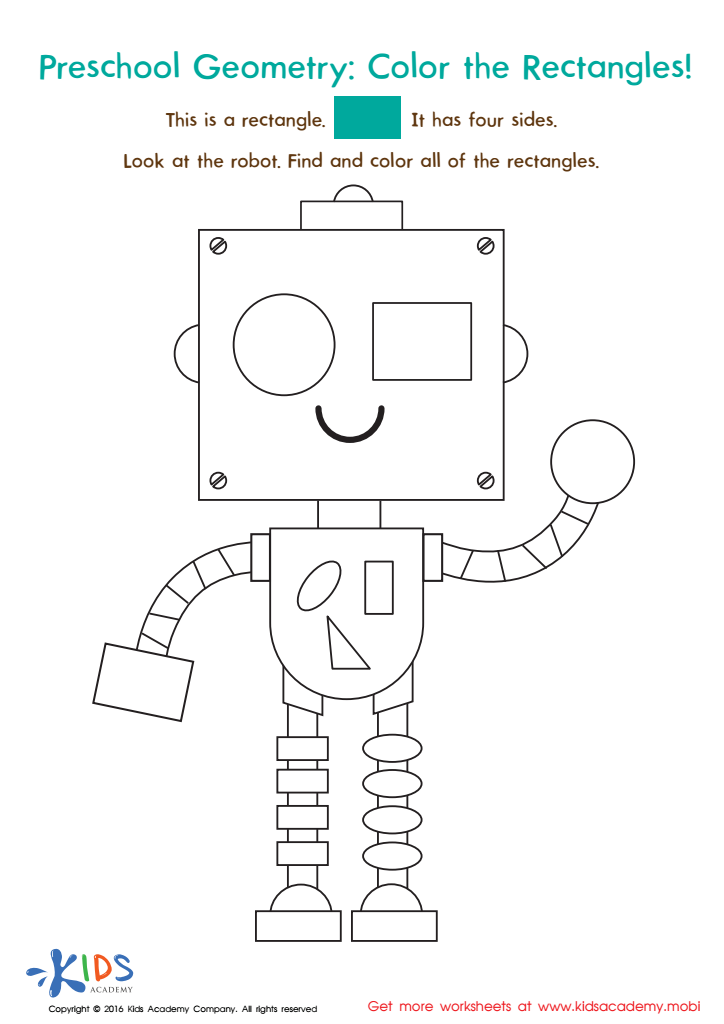

Geometry Worksheet
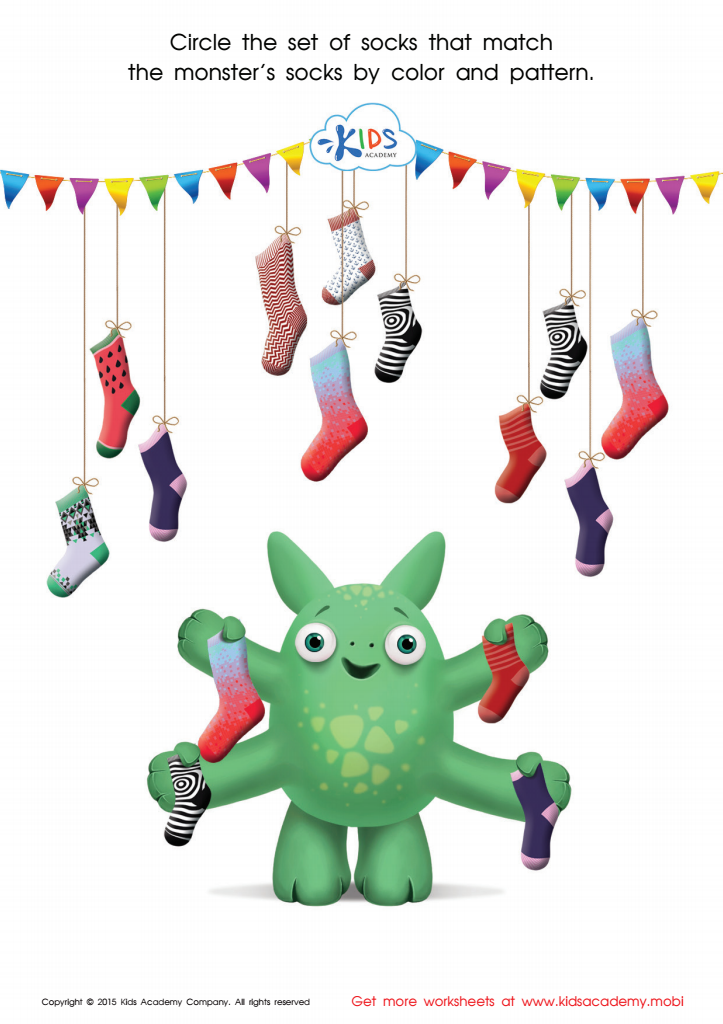

Sort the Monster's Socks Worksheet
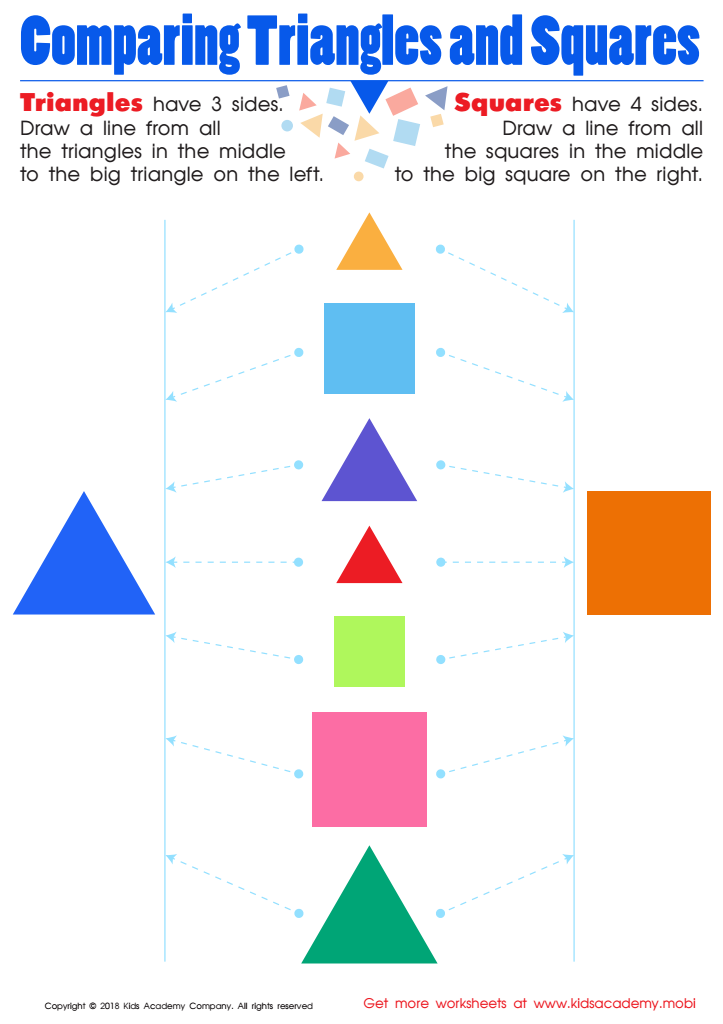

Comparing Triangles Squares Worksheet
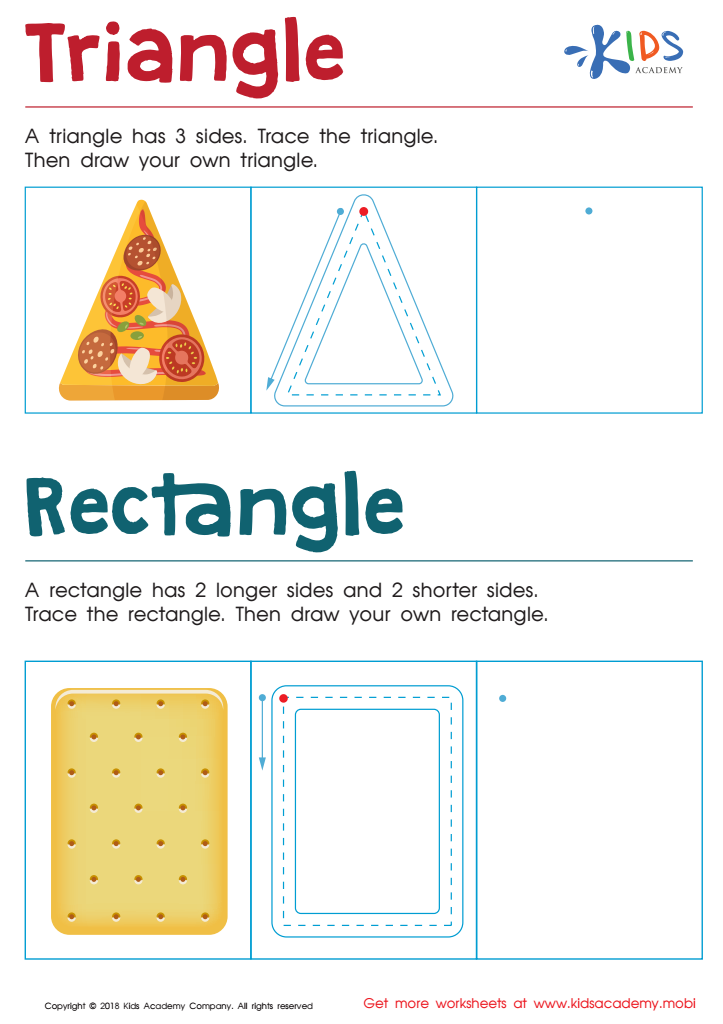

Triangle Rectangle Worksheet


Let's Look! Part 2 Worksheet
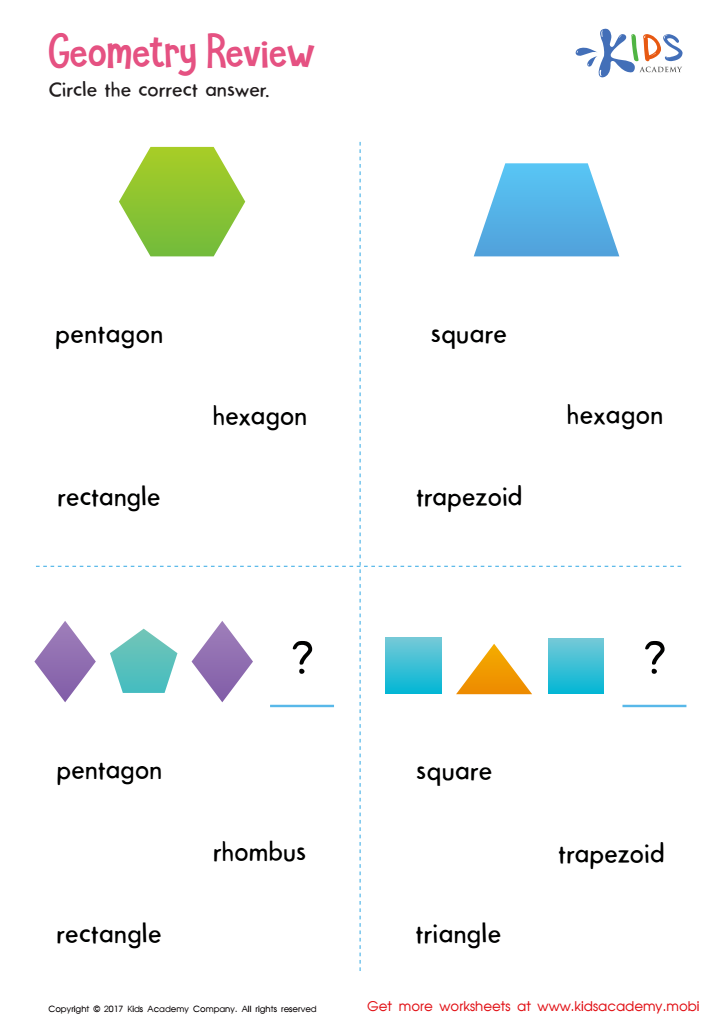

Geometry Review Printable
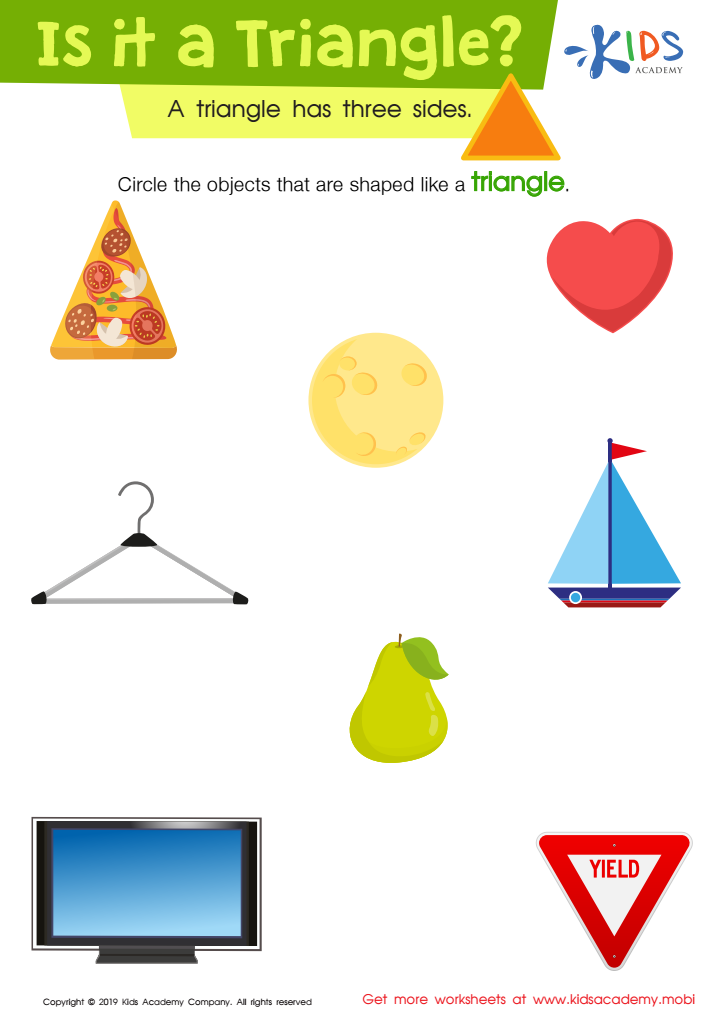

Is It a Triangle? Worksheet
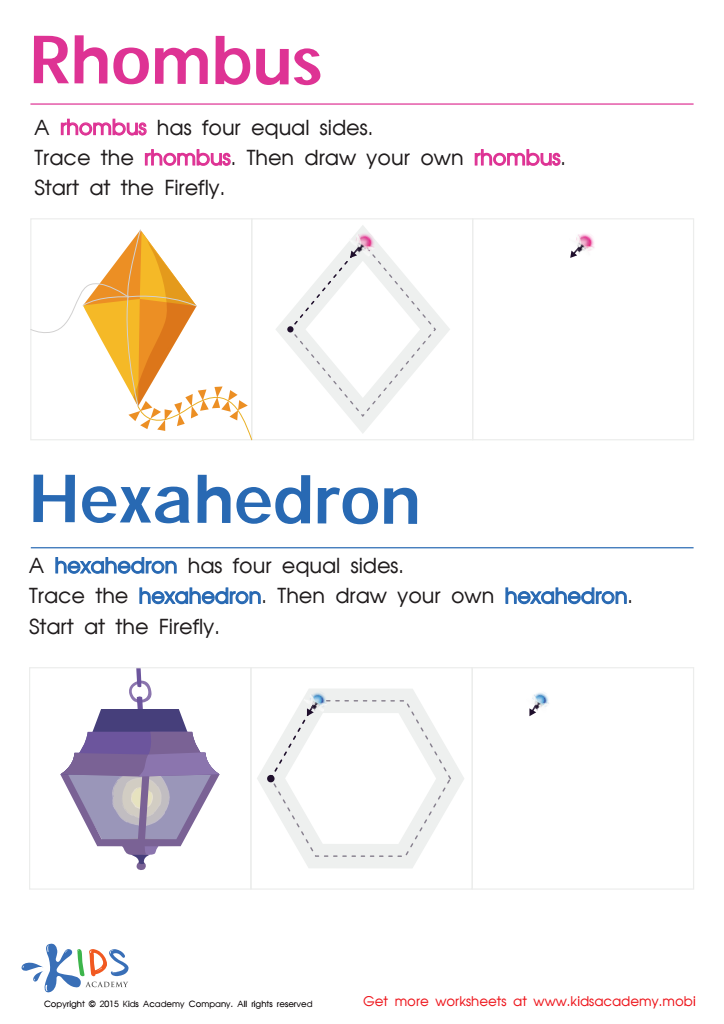

Draw a Rhombus And a Hexahedron Printable


Number 2 Printable
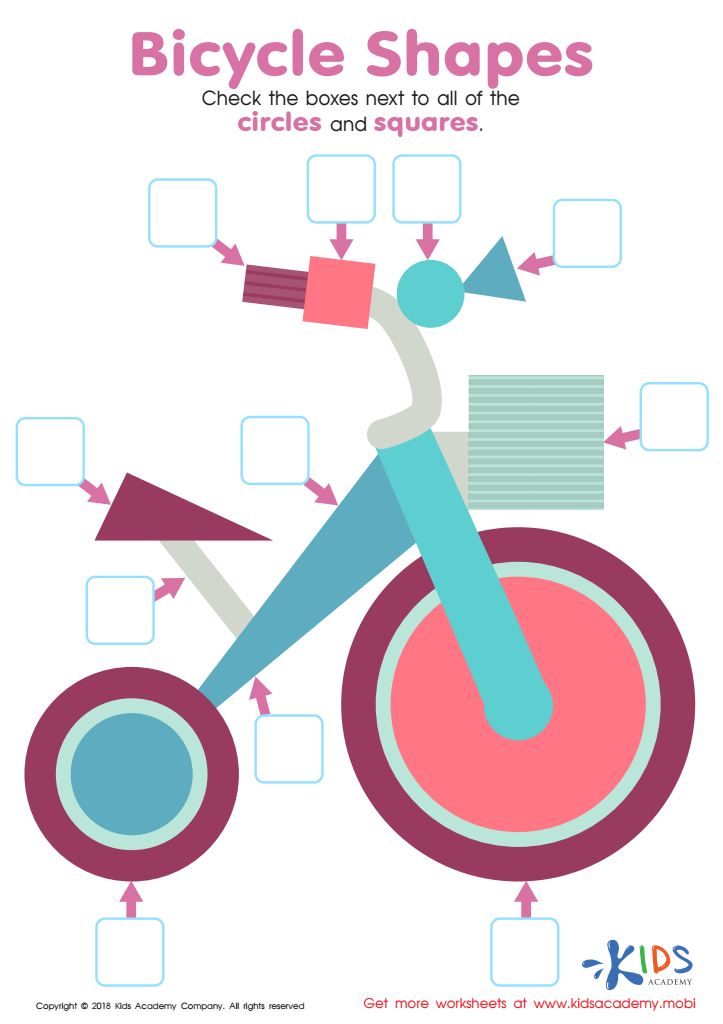

Bicycle Shapes Worksheet
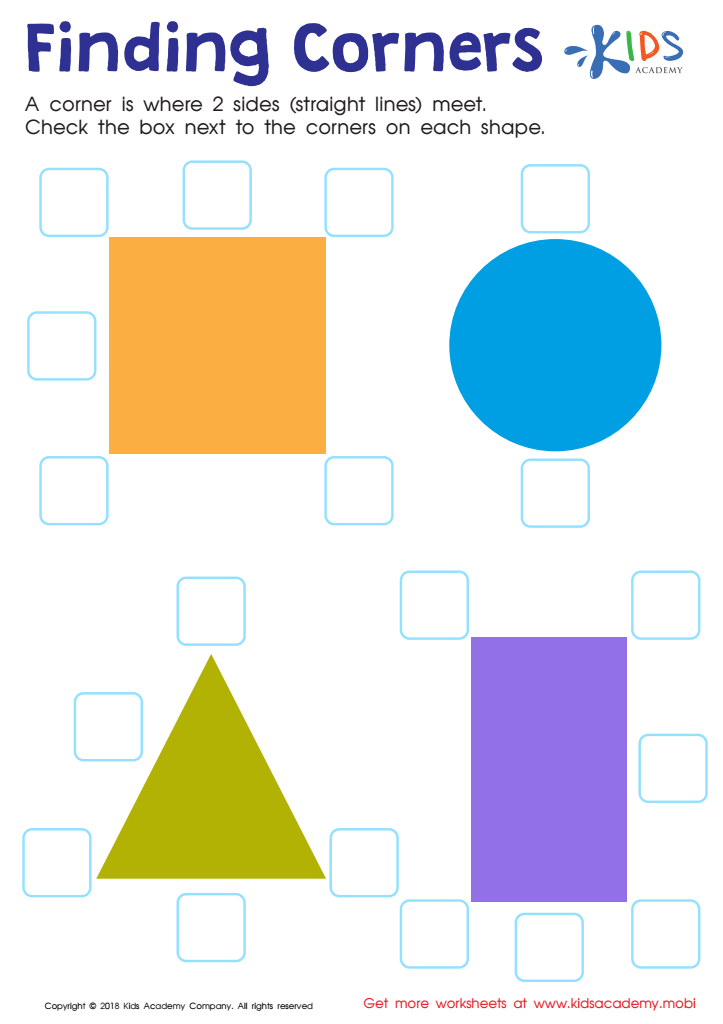

Finding Corners Worksheet


Shapes Worksheet
Shape identification is a fundamental aspect of early math education, and it plays a crucial role in a 5-year-old's cognitive and spatial development. Understanding shapes helps children develop critical problem-solving skills and encourages logical thinking as they learn to categorize and relate different objects in their environment. When children can identify shapes, they are better equipped to understand more complex mathematical concepts, such as symmetry, measurements, and geometric reasoning later on.
Additionally, shape recognition is linked to language development. As children learn to label shapes—such as circles, squares, and triangles—they enhance their vocabulary and communication skills. This process also fosters observational skills, as children practice looking for and identifying shapes in everyday contexts, such as in nature or at home.
Moreover, the concepts of shapes are foundational for everyday tasks and activities. Knowing shapes aids in arts and crafts, building with blocks, and even sports, helping children engage and interact with the world around them. As partners in a child’s education, parents and teachers should prioritize shape identification to build a strong mathematical foundation, encourage creativity, and promote an enduring love for learning. Engaging children in this skill cultivates curiosity and a positive attitude toward future mathematical challenges.
 Assign to My Students
Assign to My Students








